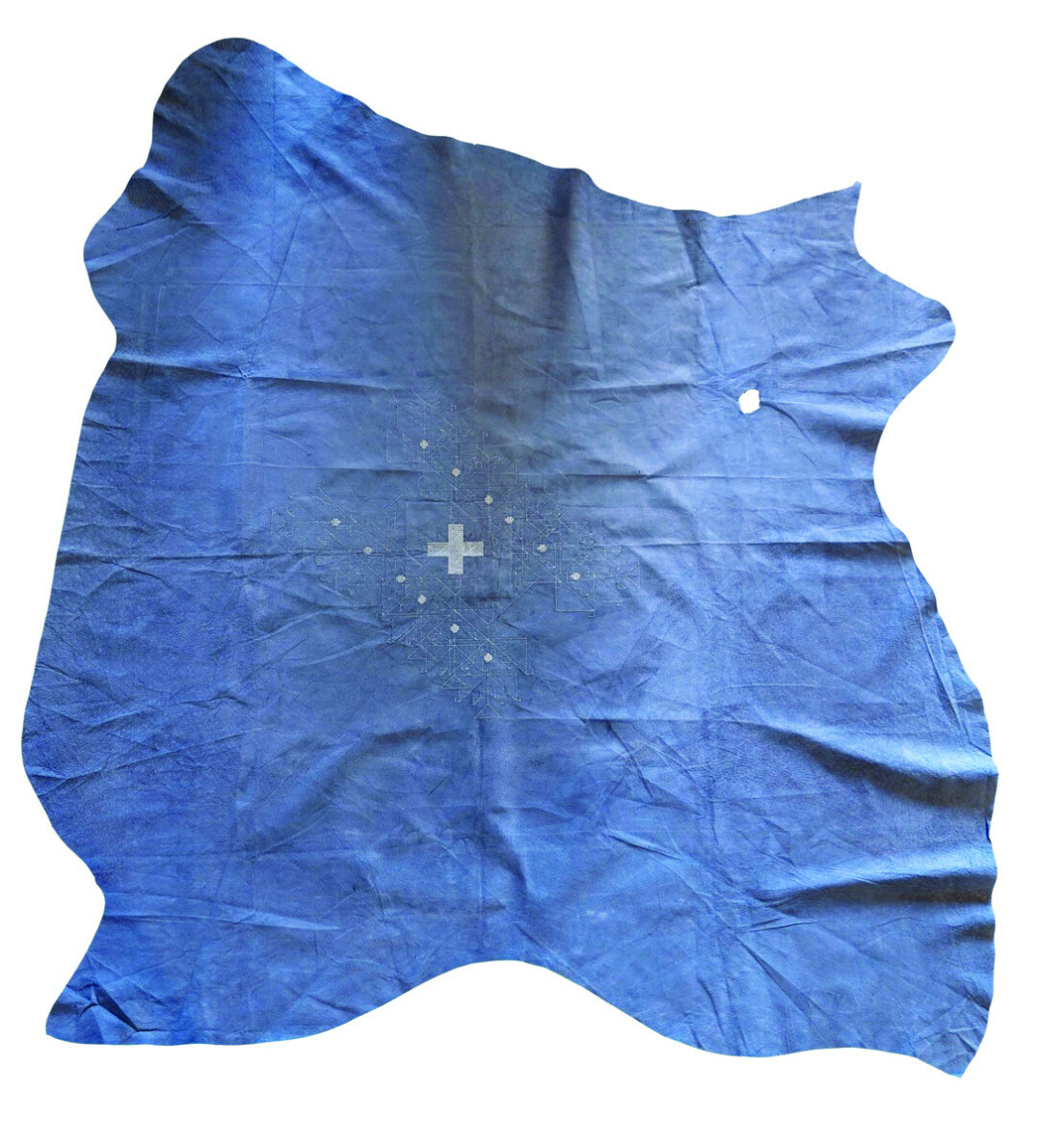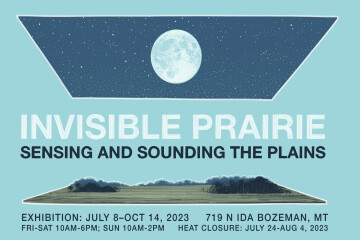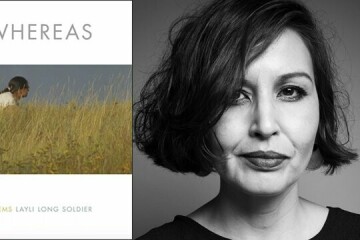Invisible Prairie To Open At Tinworks

Tinworks Art has announced its new summer program, Invisible Prairie, which will open to the public on July 8, and remain open until October 14, 2023. It will be held at Tinworks’ ‘art campus,’ 719 N. Ida Ave. in Bozeman. Doors to the exhibition will be open Fridays and Saturdays from 10 a.m. to 6 p.m., and Sundays from 10 a.m. to 2 p.m. No cost is required for entry, and to kick it off, a special opening event will be held July 8, from 6:30 - 8:30 p.m.
Invisible Prairie showcases seven artists, whose multi-media creations include sculpture, video, painting, and audio art. Each artist’s work explores sensations, and feelings associated with the prairie. The exhibit has been curated by Dr. Melissa Ragain, who is an author, and Associate Professor of Art History at Montana State University. Ragain spoke to the sometimes disorienting experience of venturing into prairies and attempting to navigate through extensive grasslands. Knowing how to locate oneself in a space that looks seemingly the same in all directions becomes a “perceptual problem,” according to Ragain.
“Of course, the prairie isn’t invisible, but there are elements that can be easily overlooked,” says Ragain, who holds a Ph.D. in art history from the University of Virginia. “In the past, the prairie was often a challenging and scary environment for new settlers. Evidence of their uneasiness can be found by looking back to the historical, western illustrations of prairies,” Ragain mentions. “Invisible Prairie sets out to overturn people’s expectations of what a prairie exhibition is meant to look like. It is intended not to glorify colonialism, nor embrace the classic ‘Little House On The Prairie’ nostalgia — no covered wagons, cowboys, or calico.”
Instead, the exhibition will be an invitation for viewers to find new and unexpected ways to understand the prairie through engaging the senses, by focusing on different processes, feelings, or sounds. The use of sound and language are common elements among the works of art; many include sound components, and one is purely auditory. Other exhibits use graphics, geometric language, and descriptive poetry. Invisible Prairie is set up to be an all-encompassing experience that evokes the sensation of being present on the land, rather than viewing it from a distance.
“There’s a pressure to make work that’s ‘Instagramable’ or ‘photographable,’” says Ragain. “This exhibition will explore how to speak to senses that Instagram can’t speak to, and has been curated to prioritize a firsthand experience for attendees.”
Some creations in the exhibition offer visitors the chance to experience traditional ways of understanding and relating to the prairie. Two of the artists are Lakota, and bring elements of their ancestry and culture to their work. Another artist was born and raised in Montana on a family farm, and created a huge sculptural piece while thinking of farmland, and topsoil. Here in Montana, prairie land accounts for nearly two-thirds of the state. “The prairie is compelling not only because it’s our ecosystem, but also because it’s the history of our region,” says Ragain.
All participating artists traveled, researched, and put in many hours of work leading up to the exhibition. Invisible Prairie was two years in the making, the most lead time for any Tinworks program, according to Ragain. “The development of this exhibition took on a slower pace than previous programs, leaving more time for new creations. The slow development allowed for the curation of a thematically cohesive show with a strong thesis,” she explains. One of the artists used the lead time to create their first large-scale sculptural piece for the exhibition.
The artists whose work will be on display include: A.K. Burns, Abigail Flanagan, Suzanne Kite, Tracy Linder, Julie Anne Nagle, Layli Long Soldier, and Laurel Sparks, with “immersive soundscapes” by Jeff Rice from the Acoustic Atlas sound archive.
This exhibition comes after Tinworks locked down its current location in the spring of 2022, at the site of its namesake, the former Tin Works Inc. metal fabrication buildings, and, earlier this year, appointing Jenny Moore as its founding director. Apart from the exhibition itself, Tinworks’ communications coordinator Kate Belton is pleased to see the event come together from a more fortified team. “It’s my third year with Tinworks and it’s always really awesome to see us come together and feel more community support. It’s amazing to watch the art sector grow in Bozeman, and the field of arts be employable,” says Belton.
Along with the Invisible Prairie exhibition, Tinworks, in collaboration with multiple other groups, will be hosting a full calendar of events in the coming months. On Sundays, families, and people of all ages, can enjoy drop-in activities and guided project demonstrations at 11 a.m., 12 p.m., and 1 p.m. ‘Tinworks Fridays’ will be casual gatherings held on a monthly basis, featuring local music, food, and breweries. A show by Roots in the Sky chamber choir will be held at Tinworks’ campus on July 15th, along with open mic nights, poetry workshops, free lunches, film workshops, live performances, and more, throughout the summer.
Since its founding in 2019, Tinworks Art has coordinated various pop up events around Bozeman, at locations like the old Story Mill and The Rialto. In its now permanent home, not only does Tinworks have exhibition space, but also performance space, and workspace for artists to commune and create. Additionally, the local nonprofit piloted a grant program back in 2021, designed specifically to leverage several Montana artists and provide them with the financial means to continue their work. The grants focused on Indigenous artists, emerging artists, and those working with endangered forms of knowledge.
To learn more about Tinworks Art, its programs, and to see the full event calendar, visit https://www.tinworksart.org/

